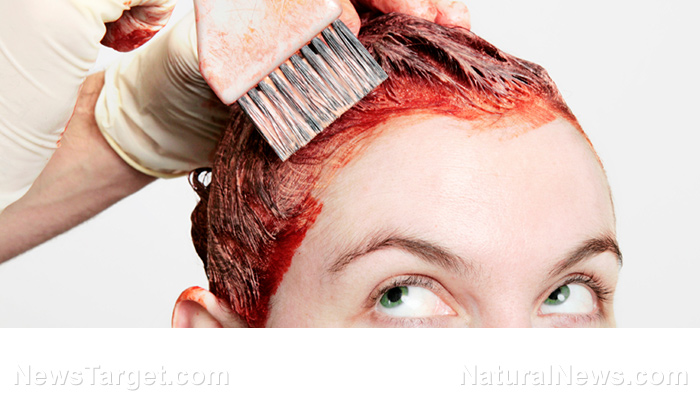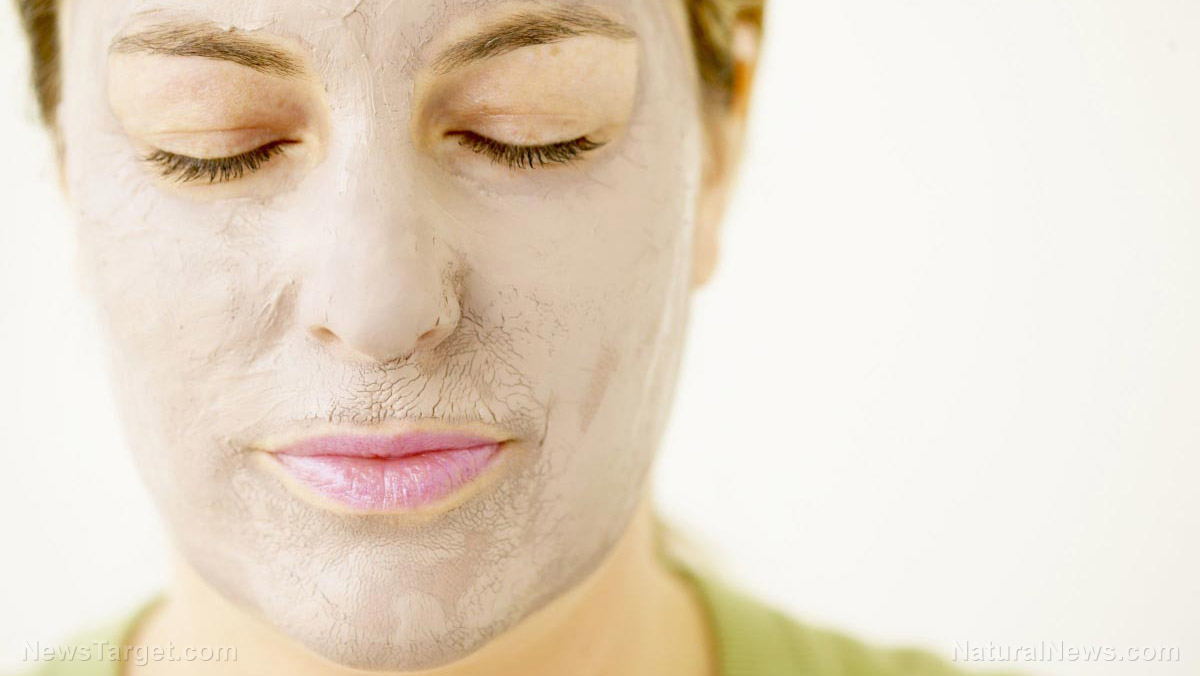Scientists found a new way to make safer hair dyes using graphene. The study, published in the journal Chem, suggested that the naturally black material graphene could be used for making hair dyes in various dark shades.
Most hair dyes use toxic chemicals, damaging the hair in the process. Because the hair is covered in cuticle scales, ammonia or organic amines are needed to open up the scales and let dye molecules to get inside quicker. However, opening up the cuticle makes hair strands more brittle. In addition, the hair gets more damaged by the hydrogen peroxide that is used to activate the reaction that makes the dye once the pigment molecules are inside the hair.
In the study, researchers at Northwestern University used sheets of graphene to make a dye that coats the surface of hair, instead of a dye that penetrates the hair. They aimed to develop a graphene-based hair dye that forms a coating that can last for a minimum of 30 washes without using chemicals that open up and damage the hair cuticle. Thirty washes is the basis for a hair dye to be considered “permanent.” However, coating-based dyes are more likely to wash out very easily, according to the researchers. They then tested the solution of graphene sheets in platinum blond samples of human hair.
After the experiment, they were able to turn the platinum blond hair to black, which lasted for at least 30 washes. The effect can be attributed to the structure of graphene. Graphene is composed of thin, flexible sheets that can adapt to uneven surfaces. When the coating is formed, the graphene sheets particularly keep out water during washes. This keeps the water from wearing down both the graphene and the polymer binder, which the researchers added to the dye solution to help with adhesion.
“Imagine a piece of paper. A business card is very rigid and doesn’t flex by itself. But if you take a much bigger sheet of newspaper – if you still can find one nowadays – it can bend easily. This makes graphene sheets a good coating material,” explained Jiaxing Huang, the senior author of the study and a materials scientist at Northwestern University.
Aside from being a safer “permanent” hair dye, graphene also makes the hair less static. This prevents the hair flyaway on dry winter days. The flakes of graphene are also big enough that they will not be absorbed by the skin like other dye molecules. Graphene’s precursor, graphene oxide, is light brown, which can be gradually darkened with hear or chemical reactions. This means that this dye could be used for making different shades or even for an ombre effect. Furthermore, graphene does not need to be of the same high quality when it is used for hair dyes, unlike in other applications.
Harmful hair dye ingredients
Conventional hair dyes do not only harm the hair, but also the overall health of a person. This is especially alarming because more than one-third of women over 18 years old and around 10 percent of men over age 40 use some type of hair dye.
More than 5,000 different chemicals are used in hair dye products, some of which are reported to be cancerous. Some population studies have found an increased risk of bladder cancer in hairdressers and barbers, as they were occupationally exposed to some chemicals that are probably carcinogenic to humans. Personal use of hair dyes was also associated with increased risks of certain cancers of the blood and bone marrow, according to some studies.
Some of the most common and dangerous ingredients used in hair dyes are ammonia, peroxide, p-phenylenediamine, diaminobenzene, toluene-2,5-diamine, and resorcinol. These can lead to serious irritations in the skin, eye, and lung, immunotoxicity, allergies, chemical burns and blistering to the scalp, and hair breakage and loss. (Related: Not all hair dyes are created equal: Discover the natural solution to coloring without the carcinogens.)
Read more news stories and studies on toxic chemicals and ingredients by going to Chemicals.news.
Sources include:
ScienceDaily.com
Cancer.gov
LivingSafe.com.au




















